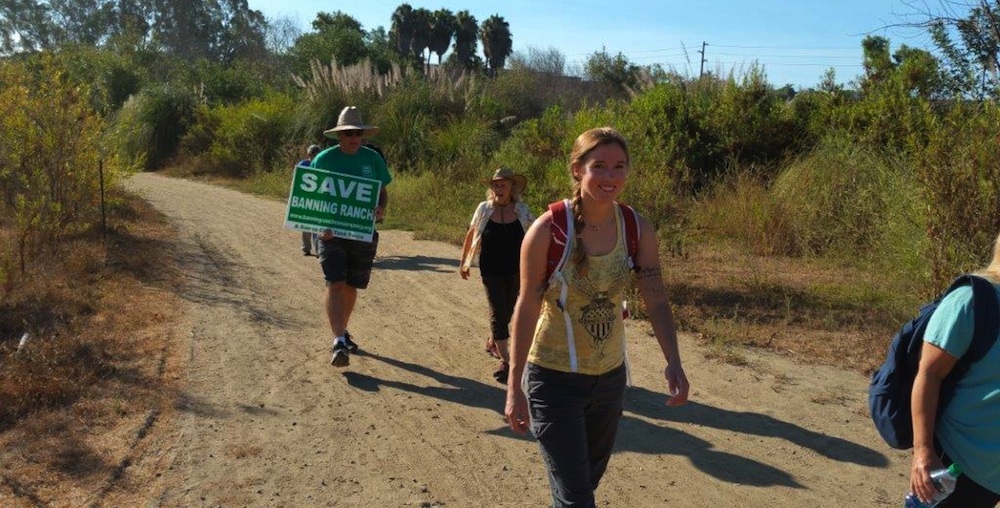Sierra Club succeeds in saving Banning Ranch from development
Updated June 7th, 2021
Nearly 20 years ago, developer Taylor Woodrow proposed a development of nearly 2,000 residential units on a 200 acres of coastal mesa of 410 acres span of coastal open space near Newport Beach called Banning Ranch. Sierra Club volunteers petitioned the Angeles Chapter to form the Banning Ranch Task Force to evaluate the project and fight any violations of the Coastal Act. After Taylor Woodrow dropped the project, a large development fund from the East Coast, Cherokee, purchased the land and proposed another development project.
For more than a decade volunteers of the Banning Ranch park & Preserve Task Force with the backing of the resources of the Chapter, fought to make sure that all laws were followed on the local and state level. Their efforts paid off.
Lessons learned
Passion alone is not enough to save open space. Open space is preserved by actions, which included:
1. a careful review of the proposed development with careful comparison to what the law allows; and
2. motivating volunteers to take action by signing petitions and showing up to hearings for public comments. Each volunteer does not have to speak, but they do need to be present to hold signs or wear a supportive T-shirt.
Earlier this year, the Coastal Commission denied developers a permit to build at Banning Ranch, citing rare habitats and ecosystems that state law protected. in late November, the City of Newport Beach voted to remove entitlements to the land for development to comply with a State Supreme Court ruling.
What happens next
Now, Banning Ranch is preserved for years to come. The potential for it becoming public open space has increased. That's because without entitlements, a developer is more likely to consider acquisition by an environmental non-governmental organization.
The Sierra Club conservation efforts will continue regarding Banning Ranch. Volunteers are following other issues at the site, such as oil well consolidations and cleanup of brownfield contamination. Volunteers will also monitor the sensitive habitats to make sure that they continue to thrive and make sure no unlawful damage befalls them.
Do you have special habitats that need protection, preservation or restoration? Become active with the Angeles Conservation Committee. The committee meets in Orange County and L.A. counties, and has activists to help you organize, develop an action plan, findraising plan and secure training and resources you need to be successful. Contact Chapter Conservation Program Manager Angelica Gonzalez at (213) 514-5802 or email angelica.gonzalez@sierraclub.org.





Comments
Mel (not verified)
January 3, 2018 - 9:31am
Permalink
Great Job Terry, Steve and Cindy!!!
Margot Eiser (not verified)
January 4, 2018 - 3:41pm
Permalink
Gtrat work!
Add new comment